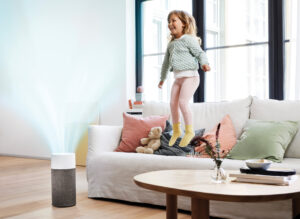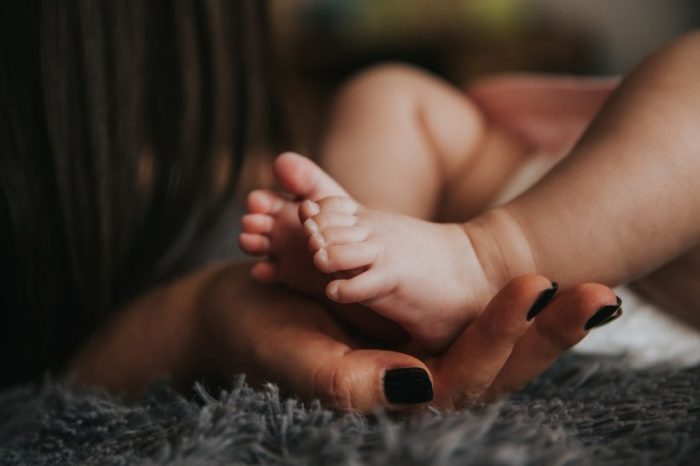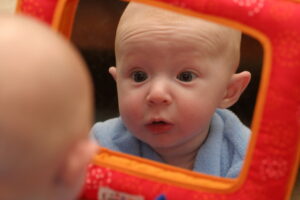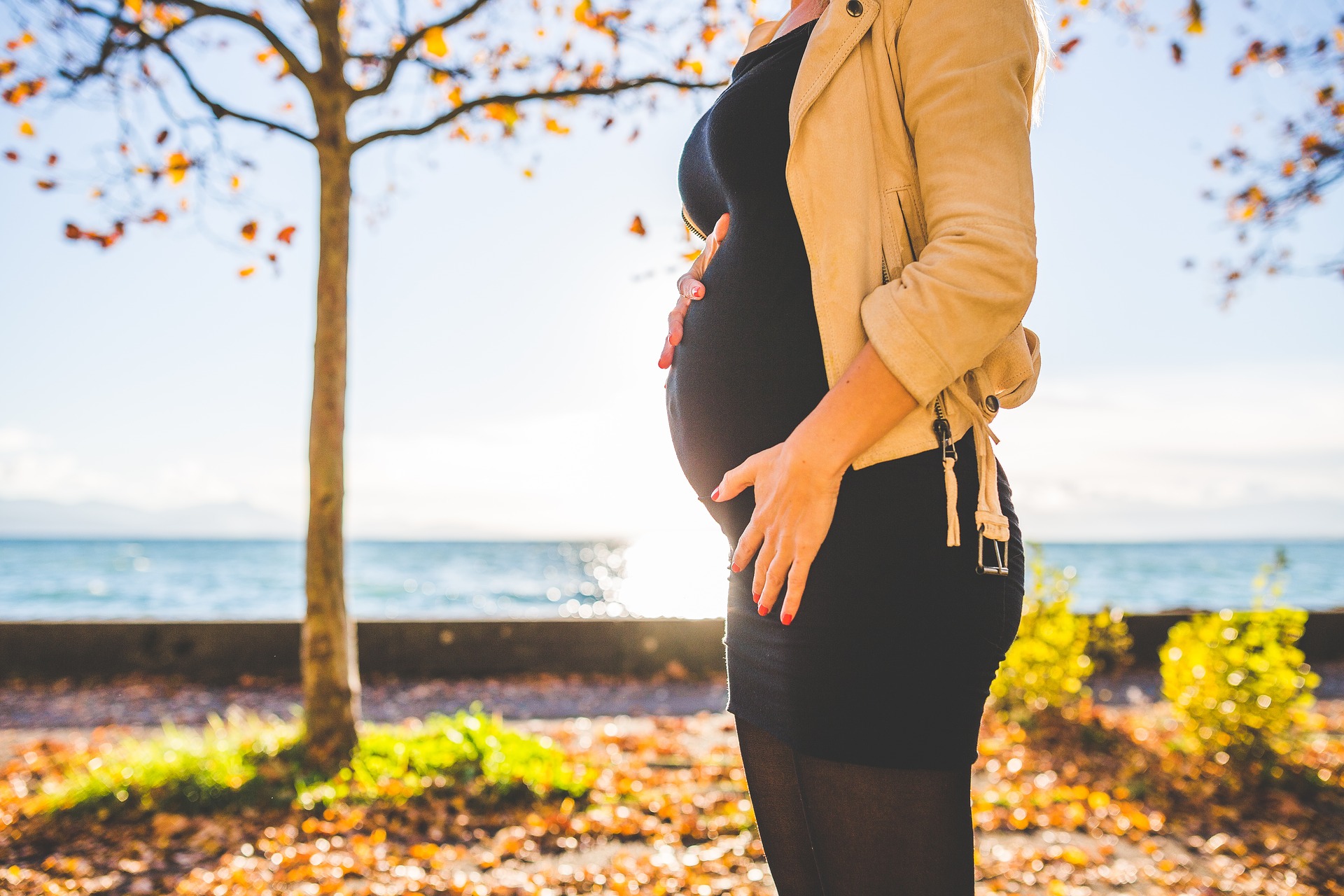
Say Goodbye to Spring Allergies: How Air Purifiers Can Help Conscious Parents
As the buds bloom and nature awakens from its winter slumber, spring brings with it a vibrant burst of life. However, for many, this seasonal
Call us on 0333 015 4345 or email hello@theconsciousparent.co.uk

When it comes to buying creams and wash products for our babies, we all want to feel assured that those products are safe. So, if you have heard some parents raising concerns about the use of the chemicals SLS or SLES in these products, you’ll probably want to know more.
SLS or Sodium Lauryl Sulfate is a detergent and surfactant that is added to a wide range of personal care products, including body wash, shampoo and soap.
It’s the stuff that creates the lovely foamy suds that many people equate with toiletries getting to work. So the big question is: Is it safe?
Over recent years, there has been concern from some people that SLS is a carcinogen, but in fact there is no scientific evidence linking it to cancer.
That said, it is certainly not a problem-free chemical, as it can irritate the eyes and skin.
It is thought to irritate the skin because it disrupts the natural oils that maintain the skin’s integrity. Not only can this lead to direct skin damage, it also diminishes the skin’s ability to keep out allergens that may set off reactions like eczema.
That said, skin irritation is more likely to occur when using products with higher concentrations of SLS or when people leave the product on the skin for a long time.
As most toiletries are quickly rinsed off, this means that most people should not find that their skin is irritated by products containing SLS. However, as SLS is known to be quite drying, it is probably best avoided on very young baby skin.
To find SLS-free baby wash, bubble bath, lotion and nappy spray just click here.
SLES or Sodium Laureth Sulfate is used as a foaming agent in many toiletries. Some people can find that it irritates their eyes or skin.
However, there is a more concerning issue with SLES. That’s because, according to www.healthychild.org it can be frequently contaminated with a carcinogen called 1,4 dioxane, which is commonly created as a manufacturing process by-product.
That said, you will often find that many manufacturers do use this ingredient but claim that it is used at safe levels.
In the end, it is down to you whether you want to run the risk of your baby reacting to products that contain SLS or SLES. In some cases, evidence of irritated skin or even eczema might make the decision for you.
However, if you would just prefer to stick to more natural toiletries from the start there are plenty of products out there that use natural, organic ingredients.
Click here to find out more about baby toiletries that are free from SLS and SLES.

As the buds bloom and nature awakens from its winter slumber, spring brings with it a vibrant burst of life. However, for many, this seasonal

Babies don’t develop self-awareness until they’re around two years old. At around this time, they’ll come to realise that they’re seeing themselves when they look

The Conscious
Parent Company
G4 Business Centre
19-21 Carlisle Street East
Sheffield S4 7QN
0333 015 4345
hello@theconsciousparent.co.uk
